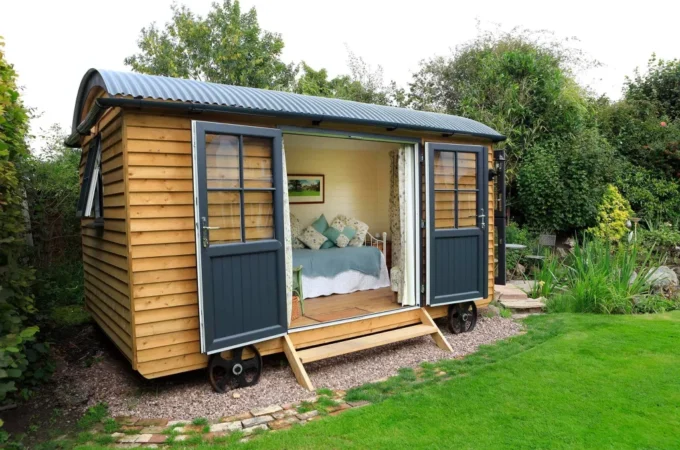
How To Install a Furnace
Installing a furnace can seem like a daunting task, but with the right tools, knowledge, and preparation, it can be a relatively simple process. Whether you’re replacing an old furnace or installing a new one, this guide will help you complete the job quickly and efficiently. Keep reading to learn how to install a furnace.
How do you choose a furnace for your home?
Making sure you select the right size furnace for your home is critical. With adequate information and resources, you can guarantee that the furnace you purchase will be reliable and cost-effective. Choosing the right size furnace for your home is a crucial step in ensuring your home is comfortable and efficient. A high-efficiency furnace may be a good choice if you’re looking to save money on your energy bills. Some other important factors to consider include the following:
- Square footage of your home
- Window quantity and design
- Heat-generating appliances in use
- Insulation levels
- Ductwork design and condition

How do you install a furnace?
Installing a furnace requires knowledge of electrical and gas connections and the ability to use power tools and safely handle hazardous materials. This guide will walk you through the steps necessary to install a furnace in your home.
- Review furnace requirements: Before you buy a new furnace, you should review the local building codes, as well as the requirements of the furnace manufacturer, make sure that your furnace is appropriate for the space. You should also check that you have the proper power and gas connections to support it.
- Choose a location: Your furnace should be located in an area that is easily accessible and well-ventilated. Most experts recommend keeping the furnace at least 12 inches away from the wall to maintain adequate airflow.
- Prepare: Once you’ve chosen a location for your furnace, you should take a few minutes to prepare the area. This includes cleaning the surrounding surfaces to ensure that dirt and dust don’t interfere with the furnace’s performance. It’s also important to make sure that the floor is level and that the furnace is properly supported.
- Connect the gas line: The next step is to connect the gas line to the furnace. You’ll need to ensure that the line is securely connected to the furnace and that the shut-off valve is open.
- Connect the electrical wiring: Once the gas line is connected, you can move on to the electrical wiring. Make sure that the wires are properly connected to the furnace, as well as to the power supply.
- Install the exhaust vent: The exhaust vent is an essential component of your furnace, as it helps to remove heat and fumes from your home. The manufacturer’s instructions should have a guide to install this component.
- Test it: Once the furnace is installed, you should conduct a thorough test to ensure everything is working properly. This includes testing the gas line, the electrical wiring, and the exhaust vent. This also involves turning the furnace on and off and checking the temperature in different rooms of your house. If the furnace isn’t working properly, you’ll need to make adjustments or contact a professional for help.
- Finalize installation: Once the test is complete, you can finalize your installation. Ensure all the components are secure and the furnace is sealed correctly. You should also check the manufacturer’s instructions for any additional maintenance requirements.
Installing a furnace is a complex job that requires knowledge of electrical and gas connections. If you don’t feel comfortable tackling the job yourself, hiring a professional is best. By following the steps outlined in this guide, you should be able to install your furnace safely and successfully. It’s essential to ensure that the furnace is installed correctly to maximize efficiency, safety, and functionality.




